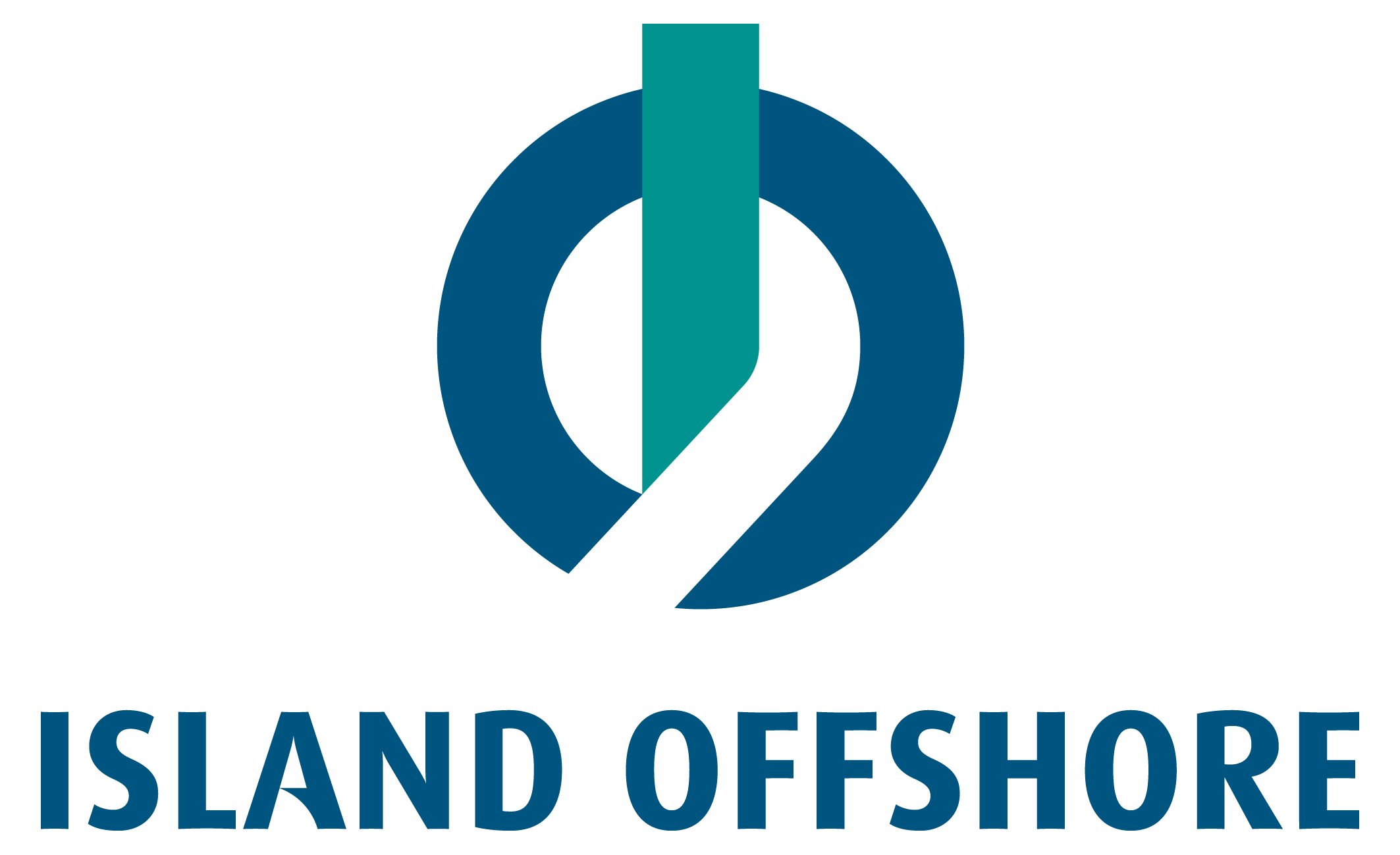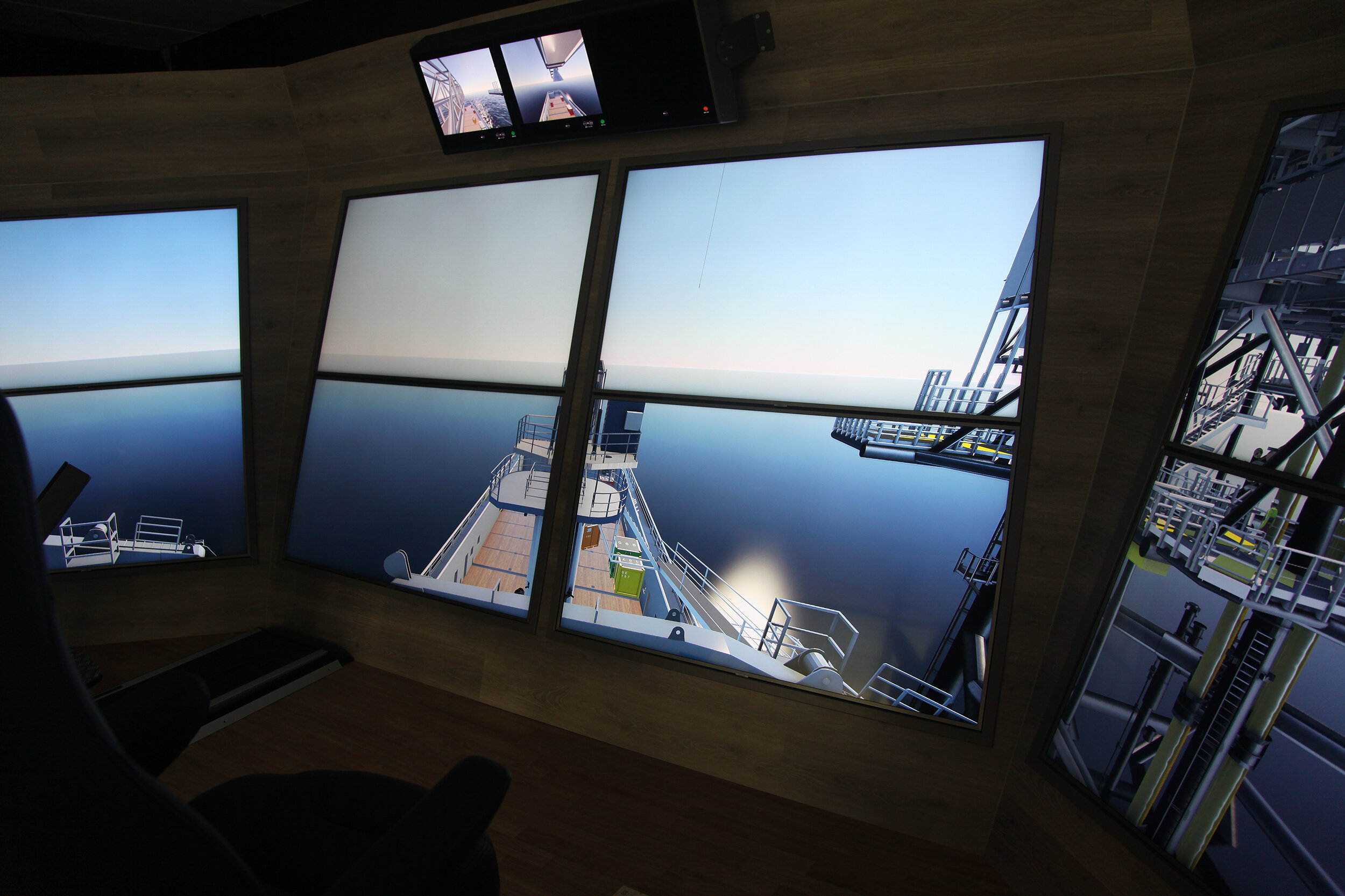Steady increase in Walk-to-Work business
Island Crown at work for Siemens Gamesa at Beatrice Windpark.
– Safe and efficient access to oil & gas installations and windfarms
Island Offshore’s first step into the Walk-to-Work (W2W) business was back in 2013 with the delivery of Island Crown. Since then Island Offshore has expanded its foothold in this market with several vessels providing support to both offshore windfarms and oil & gas installations. We now have a fleet of four W2W vessels building an impressive track record. The crews hold significant experience and competence in operating the vessels with gangway systems close up to wind turbines and other installations in harsh environments to ensure safe transfer of personnel.
The Island Crown was initially ordered as a PSV, however, a new potential market emerged during the construction of the vessel. Thus the vessel was converted to a W2W and subsea construction vessel. Since then she has worked for many different companies within the offshore wind industry and is now on contract with Siemens Gamesa Renewable Energy, with ScottishPower Renewables as end-customer.
With accommodation for a total of 100 persons in comfortable living conditions, Island Crown is now housing 40 technicians in addition to its own marine crew, during the installation and commissioning phase of a wind farm named “East Anglia ONE”, located 43 kilometres off the Suffolk coast. Being able to stay on board for periods of up to two weeks allows for better collaboration between the technicians and the end customer in this phase.
A gangway system from Uptime ensures safe transfer of personnel to and from the installations, supplementing daily crew transfers that already take place and increase efficiency on this major infrastructure project.
Island Crown has carried out about 6500 landings, with over 40.000 personnel transfers, and our most experienced gangway operators have carried out over 1500 landings each.
Milestone
Island Condor, a sister vessel of Island Crown, was converted to a W2W vessel in 2015. Together with customer Perenco, Island Condor and its crew have made the concept into a big success during the past four years. With a gangway system from Ampelmann installed, an incredible 100.000 crossings to and from installations on the British shelf have been performed!
The Ampelmann system installed on board Island Condor. Photo: Henrik Jonsson
Island Condor provides accommodation for up to 60 people, with clients living on board for two weeks at a time before sailing to Great Yarmouth for crew change. With considerable activity offshore, and a vast amount of technicians transferred to and from work regularly, great savings are made by using a vessel rather than helicopter transport.
In connection with the historical 100.000 crossing, a Perenco representative stated: “A great moment for reflection on the success of the W2W, the teams involved both onshore and offshore and the increase in effective working hours on our platforms – with a reduction in flying hours as a result.”
Managing Director of Island Offshore, Tommy Walaunet, says: “We strongly believe in this segment and are determined to continue developing this segment including vessels, and competent crews that ensure a safe and efficient service.”
The newest additions
In 2018 Island Offshore took delivery of Island Diligence from VARD Brevik – yet another vessel which was originally ordered a platform supply vessel, but rebuilt as an accommodation and offshore service vessel. Island Diligence has the capacity to accommodate 100 persons on board, maritime crew included, and is equipped with a heave compensated and telescopic gangway from Uptime. A flexible offshore crane is also installed, adding lifting capacity and contributing to more flexibility in operations. So far the vessel has served both offshore and wind installations, ensuring safe and efficient access to both platforms and windfarms.
In April 2019, Island Clipper was prepared for Walk-to -Work duties after being awarded a three-year contract with Equinor as a combined PSV and W2W vessel. In this innovative project, the vessel was equipped with a quick to mobilize pedestal and gangway system. Equinor plans to use the vessel at Oseberg H but she will also be available for windfarm activity as part of the vessel pool.
Island Clipper’s gangway can be mobilized on short notice.
The vessel has capacity to accommodate 60 people, and is the first vessel in the Island Offshore fleet to be equipped with an Energy Storage System (ESS) including shore connection to reduce fuel use and emissions.
“A long-term contract gave us the opportunity to make a large investment in an ESS, something which will contribute significantly to reduce the emission of CO2. In addition, there is a significant efficiency gain in generator maintenance. We are dependent on support from our customers to be able to do such improvements. Island Clipper is now an attractive combination vessel with a promising future,” says Managing Director of Island Offshore, Tommy Walaunet.
In the spring of 2020, a larger gangway is ready for delivery from Uptime, increasing the capacity and operability of Island Clipper significantly.
Building in-house competence
As part of the determination to be successful in the W2W market, Island Offshore has invested in cutting edge simulator technology, including a vessel bridge, as well as gangway and offshore crane simulators all in our in-house training centre Vestbris. This makes it possible for our crew to practice scenarios involving different installations and co-training with customers.
This fall our maritime crew has co-trained at Vestbris together with Equinor in connection with Island Clipper’s new contract. “Having the opportunity to train together with the same operators you will meet in the oil field is of great value to our crew, and makes the simulator training most realistic. They will need to communicate with each other as if it was a real situation, and we can expose them to unplanned events to see how they respond to and solve problems,” Walaunet rounds off.







